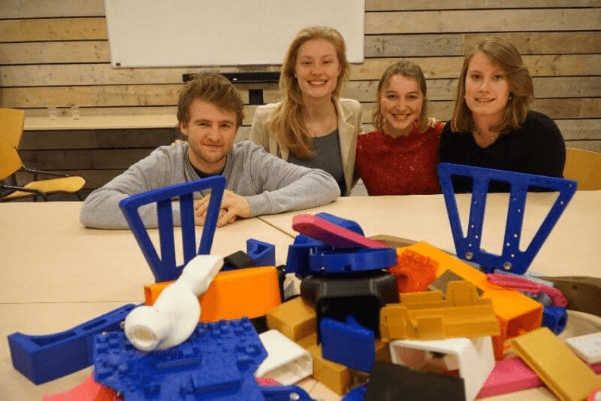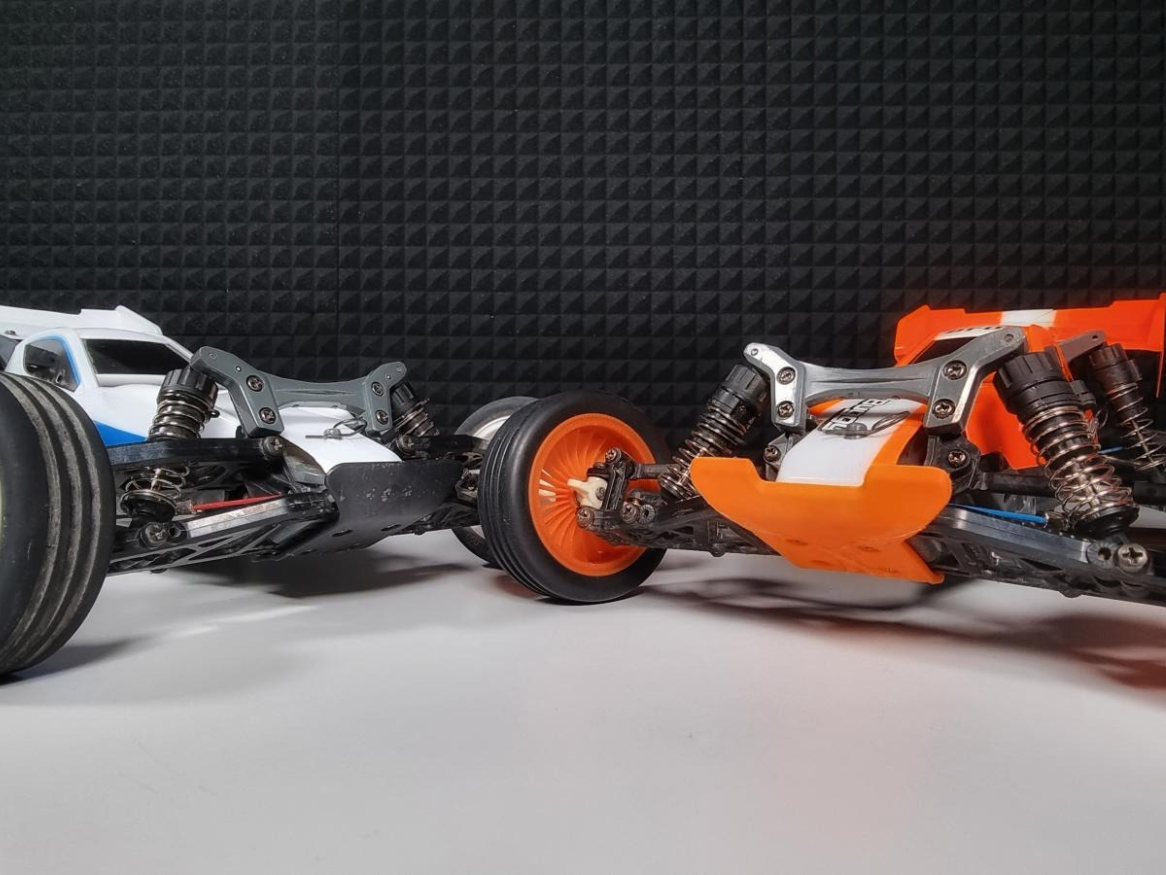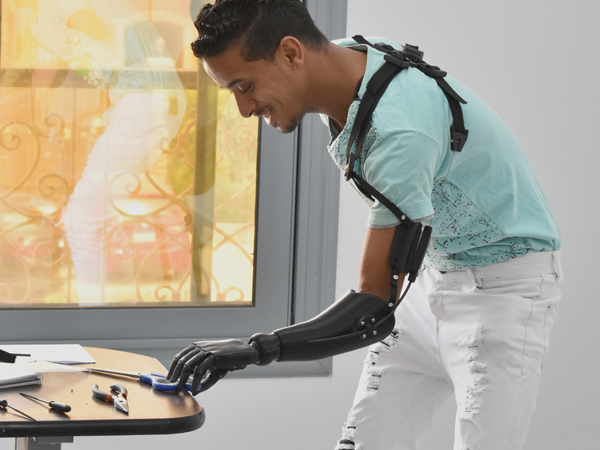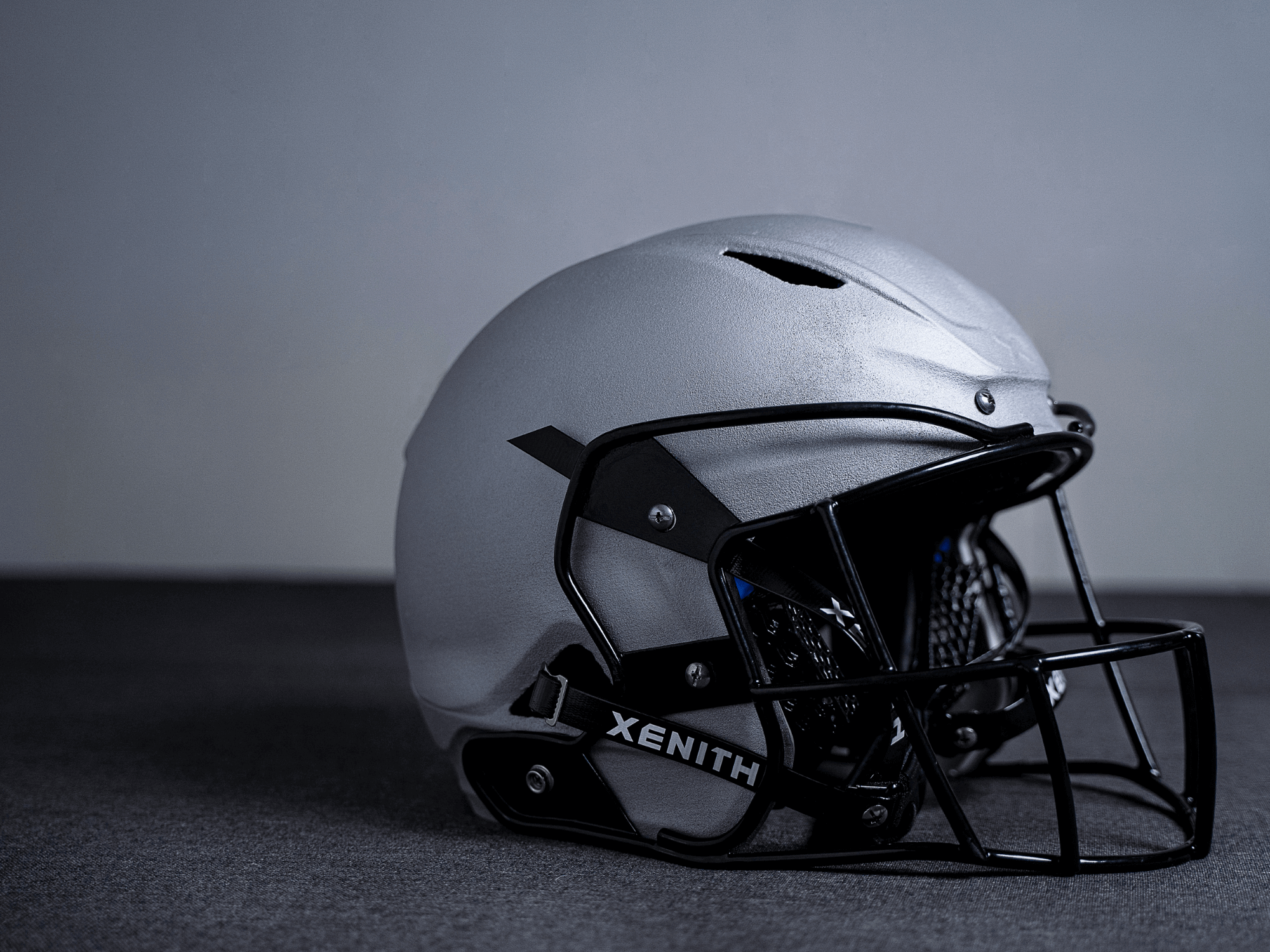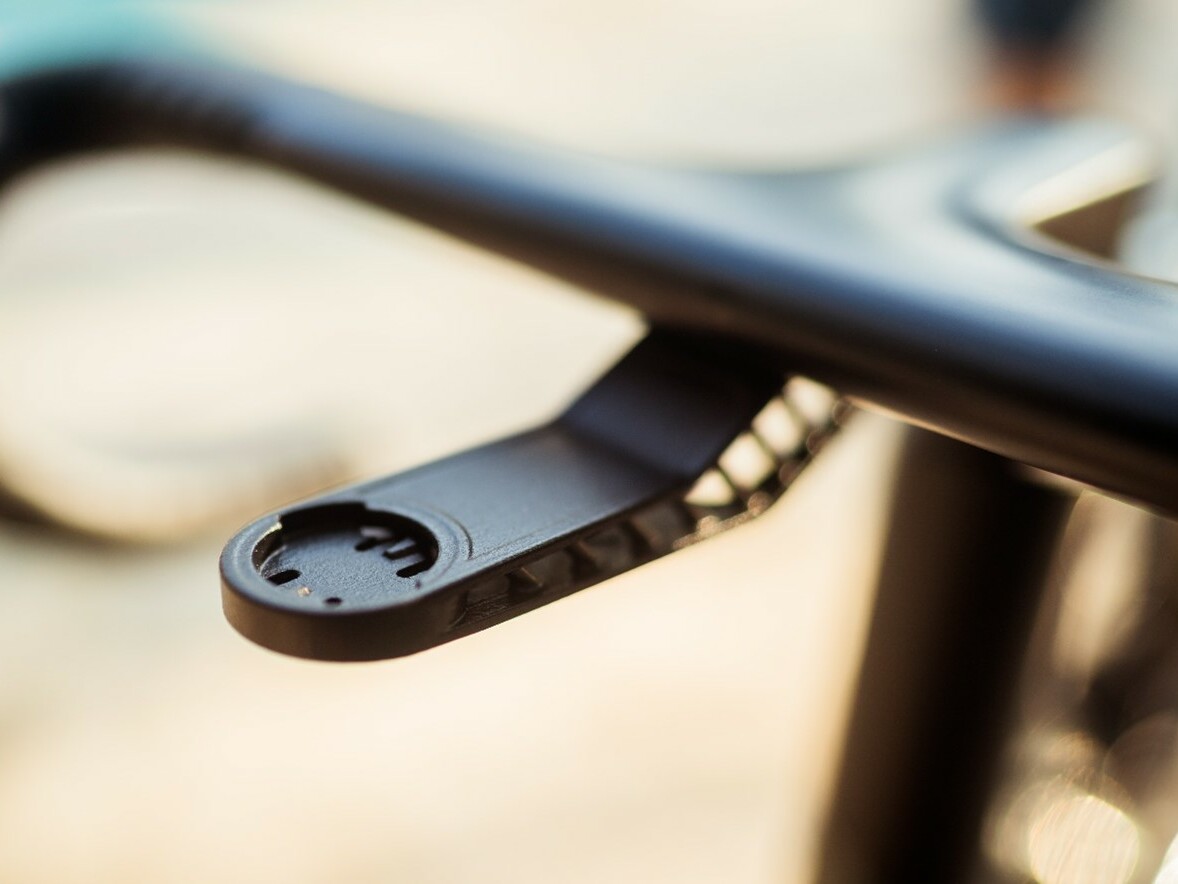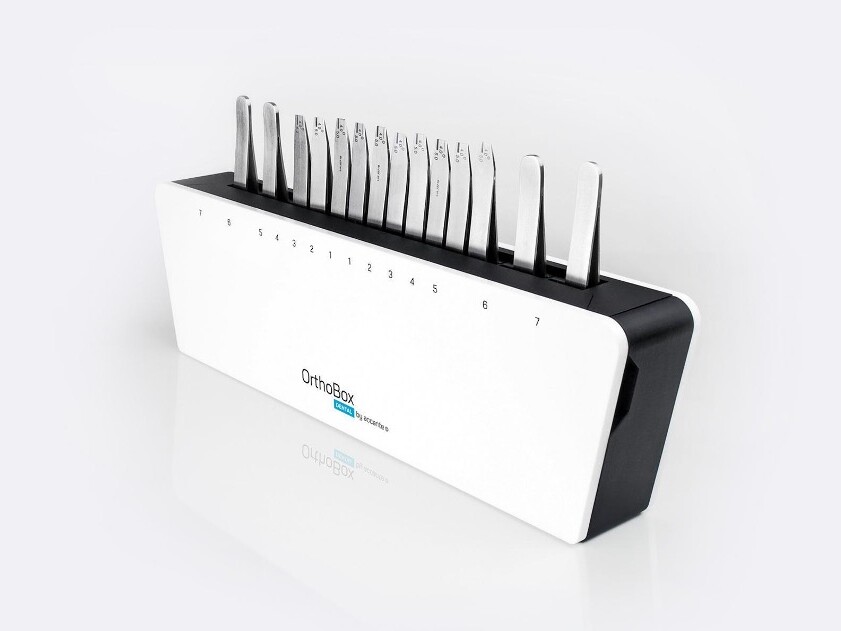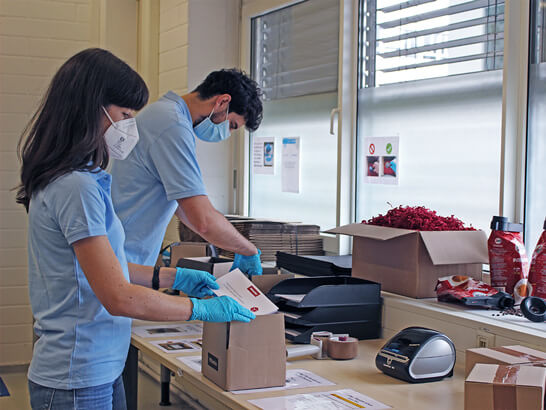Exoskeleton
3D-printed Exoskeleton with Forward AM Filaments
Every year approximately 130,000 more people suffer from paraplegia, most often caused by an accident. This imposes tremendous restrictions and a massive deterioration in their quality of life.
Project Breakdown
Industry
Medical
Project
Exoskeleton
Partner
Project MARCH
Forward AM materials used
Ultrafuse® PLA PRO1 | Ultrafuse® ABS Fusion+
For the overwhelming majority of spinal cord injury sufferers, this also means being wheelchair-bound for the rest of their lives. To alleviate their situation and re-establish sufferers’ self-reliance, a non-profit student team in the Netherlands is working continually to develop a radically innovative new solution. At the renowned Technical University of Delft in the Netherlands, 25 students from various disciplines including Industrial Design, Mechanical Engineering, and Clinical Technology have formed a special application research taskforce. What do these different specialists have in common? They all volunteer for a full year to develop a user-friendly, highly versatile human exoskeleton.
3D Printing a Filament-based Exoskeleton
In their search for new approaches to support paraplegics, Project MARCH develops one complete exoskeleton every year, trying new designs and leading-edge manufacturing methods each time.
This time, MARCH team planned to explore the possibilities of Additive Manufacturing for the potential value it could contribute to their project. So they reached out to Forward AM, and quickly received an enthusiastic response from the leading specialist for advanced Additive Manufacturing technologies and materials: Forward AM would support the team with materials and expertise to help design and build their exoskeleton.
The MARCH team started from scratch, producing a number of promising ideas for the right design that would enable a fully functional exoskeleton. Thanks to the rapid speed of 3D printing, they were able to quickly print and test their 3D models in real size, making many design iterations possible in just a few working days. The team chose Ultrafuse® PLA PRO01 and Ultrafuse® ABS Fusion+ filaments for their low cost, outstanding ease of use, and very rapid printability. These advanced filaments by Forward AM were the perfect fit for the intensive MARCH towards the ideal prototype.
During the design iteration process for all the different parts of the exoskeleton, it was essential for the team to keep one thing in mind: All components MUST fit and work together perfectly to ensure the full functionality of the final exoskeleton. To test this, the MARCH team 3D printed all the different components and assembled them to check full functionality. Thanks to the development speed enabled by Forward AM technologies and materials, the team produced a perfectly functional exoskeleton prototype well ahead of schedule. It was then ready for the journey to the specialist manufacturers of metal parts for the joints and bones.
The Result Stands – a Fully Functional Filament-based Exoskeleton
From the outset the Project MARCH team had planned to print several exoskeleton components themselves, using their own 3D printer. For the students this was easier, more cost-efficient and much faster than having them printed externally. Further, if the final part needed improvement, it would be easy to modify the design and reprint immediately – rapid prototyping is one of the huge advantages of 3D printing. After testing and printing with Ultrafuse® PLA PRO01 and Ultrafuse® ABS Fusion+ filaments, the MARCH team was delighted to confirm that the components’ performance parameters matched all their specifications. Two examples are the sole and sole covers of the exoskeleton foot here below:
Right Filament for the Right Component
For the final covers of the exoskeleton, the team needed a material strong enough to protect the electronics as well as the exoskeleton ‘bones‘. The final design stipulates that the cover consists of two parts attached to each other by robust snap connectors –therefore, the material used for printing has to be able to fulfil this special requirement as well. The MARCH team tested different types of filament for the cover: Normal PLA, PET, PLA PRO1 and ABS Fusion+, all provided by Forward AM (more information here).
Through exhaustive testing the team proved the mechanical properties of the different filaments under operating conditions, and was quickly able to decide on the ideal filament for each respective component.
For the exoskeleton snap connectors they chose Ultrafuse® PLA PRO1. This filament is a high print-speed engineering thermoplastic that prints as easily as PLA, and at speeds previously considered impossible. What’s more, Ultrafuse® PLA PRO1 retains better mechanical properties that even exceed those of ABS-printed objects. For the MARCH team this was the perfect filament for printing these critical exoskeleton components.
Another component required a different 3D material: The exoskeleton foot sole is required to bend slightly during walking. Because of this increased need for flexibility, the Project MARCH team chose Ultrafuse® ABS Fusion+ over a standard PLA filament or Ultrafuse® PLA PRO1: It proved easier to print and was less prone to warping.
Ultrafuse® ABS Fusion+ is an easy-to-print engineering material, enabling a much more efficient printing process. Thanks to the unique properties of Ultrafuse® ABS Fusion+, the final printed prototype demonstrates great dimensional stability.
With the support of Forward AM, the Project MARCH team was able to test their designs rapidly and intensively – and for the final successful prototype they were also able to print all exoskeleton components on their own.
Find out more about MARCH on the Project MARCH website.
Share this page
Next Steps
Get in touch
Do you have questions about our materials, technologies or services? Get in touch now!



